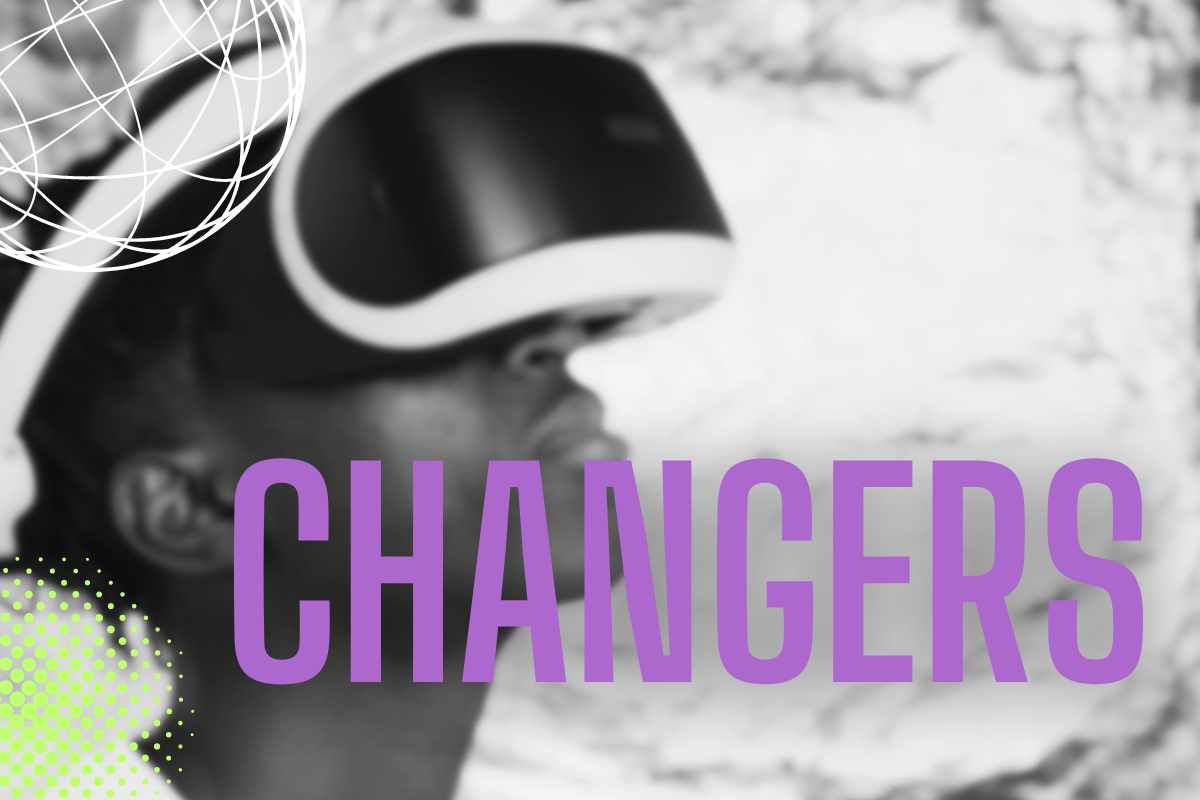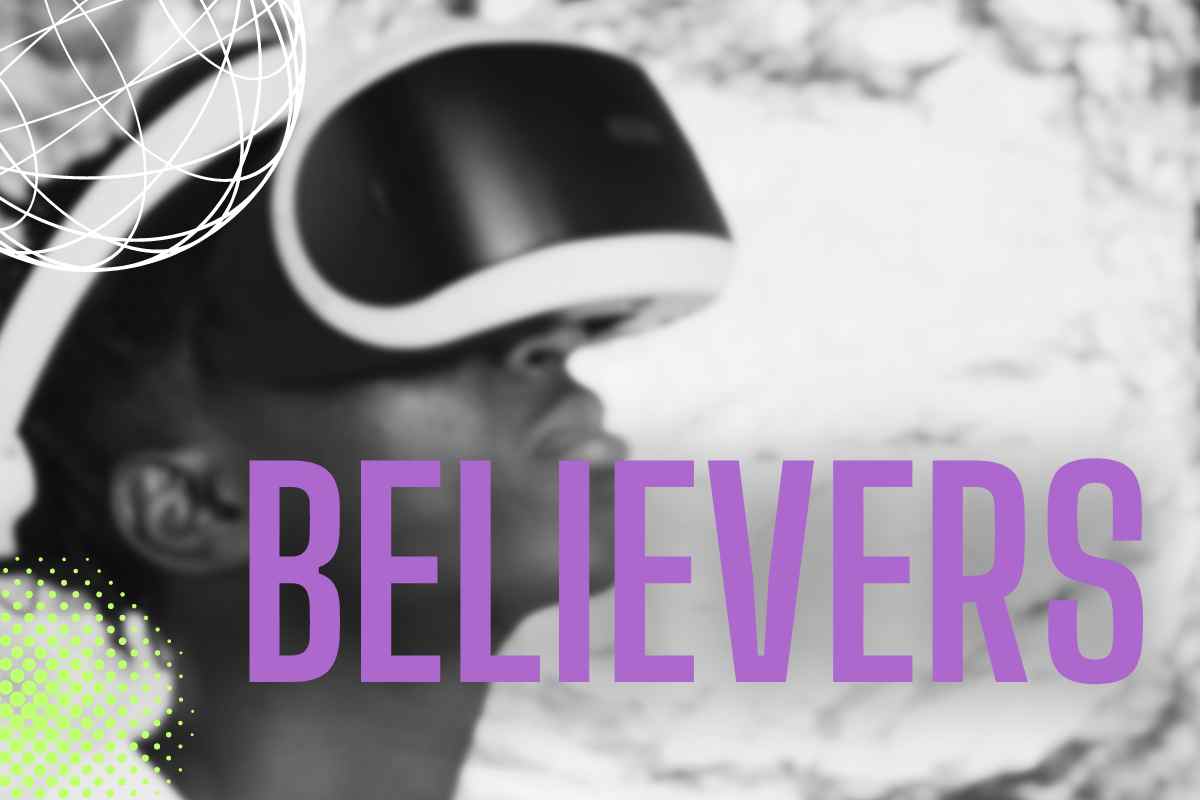Mark Zuckerberg, the brilliant mind behind Facebook, has left an indelible mark on the world of technology and social media. As one of the most influential figures in the digital age, his visionary leadership and innovative thinking have propelled Facebook to its extraordinary success. Let’s delve into the life and accomplishments of Mark Zuckerberg, the man behind the social media giant.
Born on May 14, 1984, in White Plains, New York, Mark Zuckerberg showed an early aptitude for programming and computer science. While attending Harvard University, he developed a keen interest in connecting people through technology. In 2004, Zuckerberg, along with his college roommates, Dustin Moskovitz, Eduardo Saverin, and Chris Hughes, launched Facebook from their dormitory room.
What started as a small social networking platform for Harvard students quickly expanded to other universities and, eventually, to the general public. Mark Zuckerberg’s vision was to create a global community that would enable people to connect, share, and communicate effortlessly. His relentless drive and unwavering focus on user experience propelled Facebook to become the largest social media platform in the world.
Under Zuckerberg’s leadership, Facebook continuously evolved and introduced groundbreaking features. The introduction of the News Feed, the expansion to mobile platforms, and the acquisition of Instagram and WhatsApp further solidified Facebook’s dominance in the digital landscape. Zuckerberg’s ability to anticipate trends and adapt to changing user behaviors has been instrumental in Facebook’s continued growth and relevance.
However, Facebook has not been without its share of controversies. Data privacy concerns, misinformation, and the impact on mental health have been significant challenges that Zuckerberg and his team have had to navigate. Despite these challenges, Zuckerberg has been vocal about his commitment to addressing these issues and ensuring that Facebook remains a safe and positive platform for its users.
Beyond Facebook, Mark Zuckerberg has made significant philanthropic efforts through the Chan Zuckerberg Initiative, a charitable organization he co-founded with his wife, Priscilla Chan. The initiative focuses on leveraging technology to solve global challenges in areas such as education, health, and scientific research.
Mark Zuckerberg’s journey as the visionary behind Facebook serves as an inspiration to entrepreneurs and innovators worldwide. His relentless pursuit of connecting people and pushing the boundaries of technology has transformed the way we communicate and share information.
In conclusion, Mark Zuckerberg’s vision and leadership have propelled Facebook to unprecedented heights, making it an integral part of our daily lives. His ability to foresee trends, adapt to changes, and address challenges has cemented his status as a technology icon.



